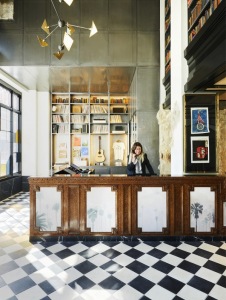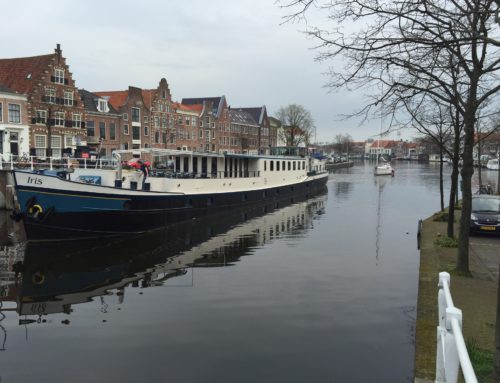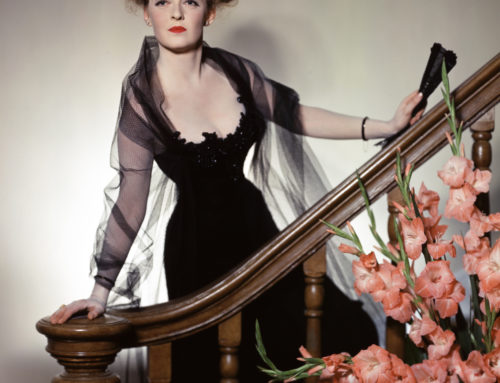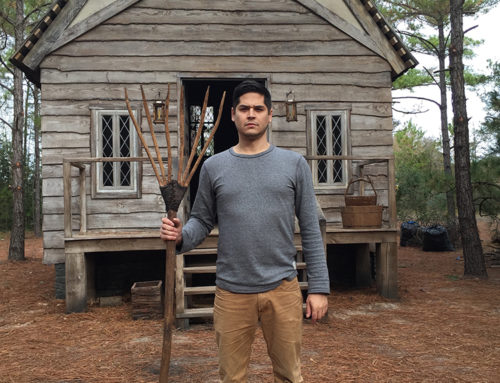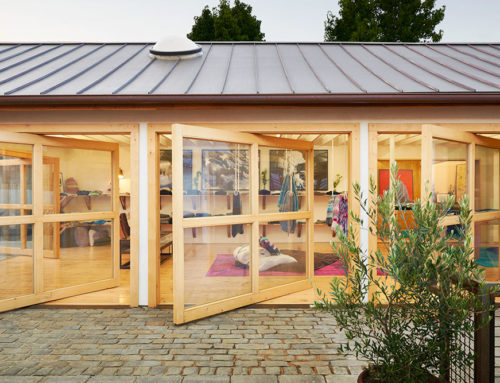I confess: There are times I lose hope that we can imbue our young people with a reverence for our history, for the need to preserve our architectural treasures of past eras.
But on a recent tour of the new Ace Hotel in downtown Los Angeles, my faith was restored. This 1920s former office building and luxurious theater have been imbued with a modern touch, but with a respect for its rich and fascinating history.
And guess what? It attracts lots of young people. In fact, the patrons I saw on my tour were mostly in their 20s, as was the staff.
You’ve heard me lament before that too many hoteliers and restaurateurs are turning lovely, elegant, older establishments into cold, modern spaces in a seemingly crass attempt to draw hipsters through the doors.
But not the Ace.
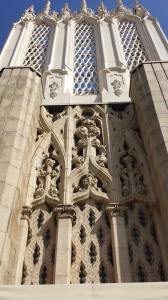 There are now six Ace Hotels worldwide, from Palm Springs to Seattle, from Portland to London. The L.A. hotel opened in January after a thoughtful – even painstaking – development process in which the design team, Commune Design, researched the history of the property and figured out ways to pay homage to its past and its location in L.A. while adding modern touches.
There are now six Ace Hotels worldwide, from Palm Springs to Seattle, from Portland to London. The L.A. hotel opened in January after a thoughtful – even painstaking – development process in which the design team, Commune Design, researched the history of the property and figured out ways to pay homage to its past and its location in L.A. while adding modern touches.
The property was originally built by silent screen star Mary Pickford, her husband Douglas Fairbanks and a group of Hollywood friends – including Charlie Chaplin and D.W. Griffith – for their independent venture, United Artists, as a rebellion against the Hollywood studio system.
The centerpiece is the theater, one of several grand historic movie palaces along Broadway Avenue where films were premiered and screened in style for many years. Next to it is a 13-story structure that housed the United Artists offices and are now hotel room and suites.
It remained in United Artists’ hands through the 1950s, though Pickford – whose career was undone by the talkies – had long since retreated to her beautiful estate Pickfair in Beverly Hills.
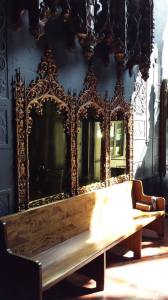 In the 1960s, the property was vacant and in the 1970s and 1980s housed a Spanish language theater. In 1989, Dr. Gene Scott, a late-night televangelist, took over the property, using the theater for his studio and the office space for his operations and renting out some of the building. It turned out, we were told, that Scott fortunately kept the beautiful theater in excellent condition.
In the 1960s, the property was vacant and in the 1970s and 1980s housed a Spanish language theater. In 1989, Dr. Gene Scott, a late-night televangelist, took over the property, using the theater for his studio and the office space for his operations and renting out some of the building. It turned out, we were told, that Scott fortunately kept the beautiful theater in excellent condition.
My friend and I were led through the hotel – from the lobby and restaurant on the first floor to the palatial theater up to the charming rooftop bar and pool – by our wonderful 28-year-old guide, Carolyn Schneider, Ace’s creative sales manager.
It quickly became apparent to me that the Ace Hotel has proved that, as Charles Eames said, “The details are not the details. They make the design.”
Some of the design details I particularly liked were the Haas brothers’ drawings of movie stars and L.A. icons, like palm trees and mountains, on the walls of the restaurant; the Gothic plasterwork in the lobby above the bank of elevators; and the Spanish Colonial style of the breathtaking, 1,600-seat theater, including murals and elaborate molding with its worn patina, that was modeled after the Cathedral of Segovia in Spain.
 But other details are also impressive: the preservation of the large “Jesus Saves” sign affixed to the back of the building; the red velvet used for curtains in a private event space, the same material found on the theater seats; the yin/yang-like pattern used for the theater’s lobby that was taken from the pattern on the ceiling of a portion of the upper lobby; small cut-outs from screenplays on the hotel corridor walls; and the preservation of almost everything in the theater, including the EXIT signs, but with a few modern yet subtle touches added, such as red glass sconces in the theater lobby.
But other details are also impressive: the preservation of the large “Jesus Saves” sign affixed to the back of the building; the red velvet used for curtains in a private event space, the same material found on the theater seats; the yin/yang-like pattern used for the theater’s lobby that was taken from the pattern on the ceiling of a portion of the upper lobby; small cut-outs from screenplays on the hotel corridor walls; and the preservation of almost everything in the theater, including the EXIT signs, but with a few modern yet subtle touches added, such as red glass sconces in the theater lobby.
I encourage you to check out the hotel. Have a meal in the Art Deco restaurant, L.A. Chapter, or drinks on the rooftop bar, called Upstairs, with its Moroccan style. Upstairs has lots of different events, including erotic literary readings and a variety of DJs spinning all kinds of music.
But more than anything, go see something at the theater. You have plenty of choices, from concerts to films to dance performances. You’ll be swept back to another era and realize how lucky we are that this historic gem has been preserved for all to enjoy.
Eleanor Schrader is an award winning architectural and interior design historian, professor and consultant who lectures worldwide on the history of architecture, interiors, furniture, and decorative arts. Follow her on Facebook and Twitter.



